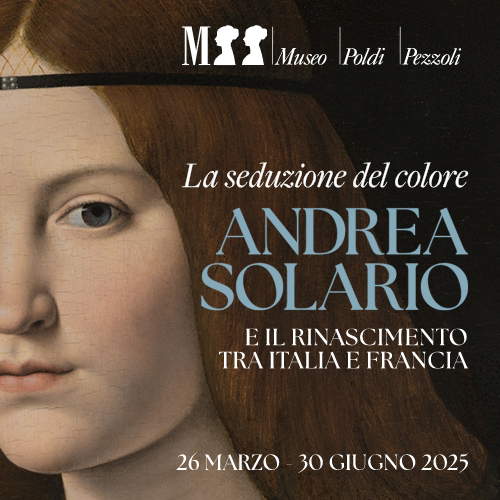An exhibition in Florence explores the concept of the city through 126 works, from Le Corbusier to Gerhard Richter
From September 26, 2024 to January 19, 2025, in Florence, Villa Bardini presents a reflection on the macro-theme of cities with the exhibition OltreCittà. Utopias and Reality. From Le Corbusier to Gerhard Richter. Promoted by Fondazione CR Firenze and Generali Valore Cultura, the exhibition does not aim to propose an ideal, future vision of urban centers but to give back a wide space to be able to still conceive it on a human scale, offering a fresh look at the multiple urban identities. Curated by Lucia Fiaschi, Bruno Corà, Silvia Mantovani and Claudia Bucelli, the exhibition brings together 126 works by internationally renowned artists, including Florence III/XII by Gerhard Richter, shown for the first time in an exhibition: in the work, the city of Florence is transformed into a dynamic and elusive vision, as if observed from a moving train.
Divided into twelve thematic sections, the exhibition, which aims to offer itself as an experiential journey entrusted to works of various declination, is guided by some literary quotations from Ernest Hemingway, Italo Calvino, Dino Buzzati, Jorge Luis Borges, Christa Wolf, Jules Verne, Marguerite Yourcenar, Pier Paolo Pasolini, Fosco Maraini, Libero Altomare, and Jean Paul Sartre.
Starting point is Umberto Boccioni’s work Houses under Construction. The journey continues with the city in the making, which is declined “in desires and fears,” or in memories, as in Giorgio de Chirico’s Piazza d’Italia on display in the exhibition, or in Richter’s Florence III/XII of 2000, an overlay of photographic snapshot and painting according to the technique developed by the painter. Painting is flanked by sculpture, architecture, and photography. Sculptors include the American Sol LeWitt, an exponent of Minimal Art, whose Irregular Tower is on display for the city elements section. Also present is Michelangelo Pistoletto with his Third Paradise, an aluminum of utopian echo for the section introduced by Oscar Wilde’s text, flanked by a work by Dani Karavan, Partition from 1973 and Alberto Burri’s White Cretto, also present with the model for the Cretto of Gibellina.
The architectural declination is entrusted to, among others, Le Corbusier (also on display are Ville contemporaine pour 3 millions d’habitants from 1922), Stefano Boeri, Rem Koolhaas, Pietro Porcinai, Giovanni Michelucci and Antonio Sant’Elia. As for photography, works by Mimmo Jodice, Luigi Ghirri, and Olivo Barbieri are on display. Video and contemporary music presences (Daniele Lombardi, Giuseppe Chiari, John Cage, Luciano Berio and Bruno Maderna) collected by the musicologist Gabriele Bonomo are added, thus intending to document a path of strong artistic value by proposing interpretative keys of the city declined not only as an urban agglomeration but as an organic expression where the noises of the city become its voice. At the end of the exhibition, on the other hand, an original film, made by director Francesco Castellani, is screened, allowing for a better understanding of the proposed theme.
Thanks to the collaboration between Fondazione CR Firenze, Generali Valore Cultura and Fondazione Parchi Monumentali Bardini e Peyron, the exhibition is an opportunity to explore cities through the eyes of great artists of the past and present.


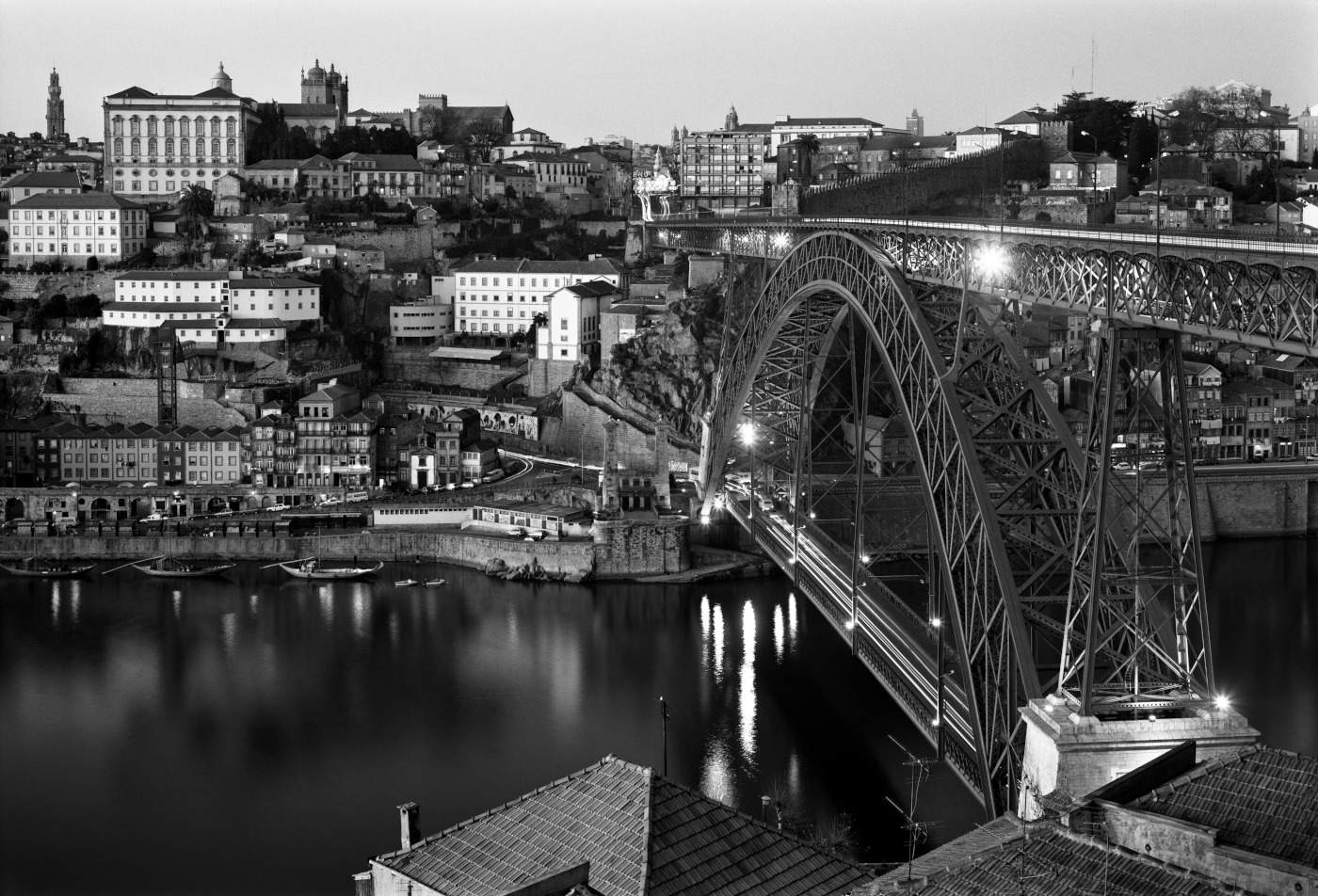
“It is very timely,” says Jacopo Speranza, president of the Fondazione Parchi Monumentali Bardini e Peyron, an instrumental entity of the Fondazione CR Firenze, “an exhibition that plumbs the theme of the city in a wide-ranging way, involving multiple competencies and offering us cues, some of them unpublished, to reflect on the future of our centers in a broader and multidisciplinary sense. It is also an opportunity to collaborate again with Generali after the success of Venturino Venturi’s La Divina Commedia staged in 2016 and Enigma Pinocchio hosted in 2019, both at Villa Bardini. The transformations taking place in the social field require necessary changes even to the urban layout of cities and, in this process, the Foundations of banking origin are in the front row in supporting the institutions of the territories of reference by providing resources and expertise with that passion and enthusiasm that has always characterized their work.”
“As Generali Italia, we recognize in Italy’s cultural and artistic heritage an immense value, as a founding element of the country’s identity, as an engine that generates emotions capable of uniting people and as a decisive and strategic resource for young people and future generations,” added Riccardo Acquaviva, Head of Country Communication of Generali Italia. “This is why we are happy to return to Villa Bardini to support a choral exhibition that, between past and present, unites all generations by giving an unprecedented perspective on the complex systems that are modern cities.”
The exhibition catalog is produced in dual language (ita/eng) by Sillabe.
The exhibition has the patronage of the City of Florence.
All information at villabardini.it
Hours: Tuesday through Sunday from 10 a.m. to 7:30 p.m.
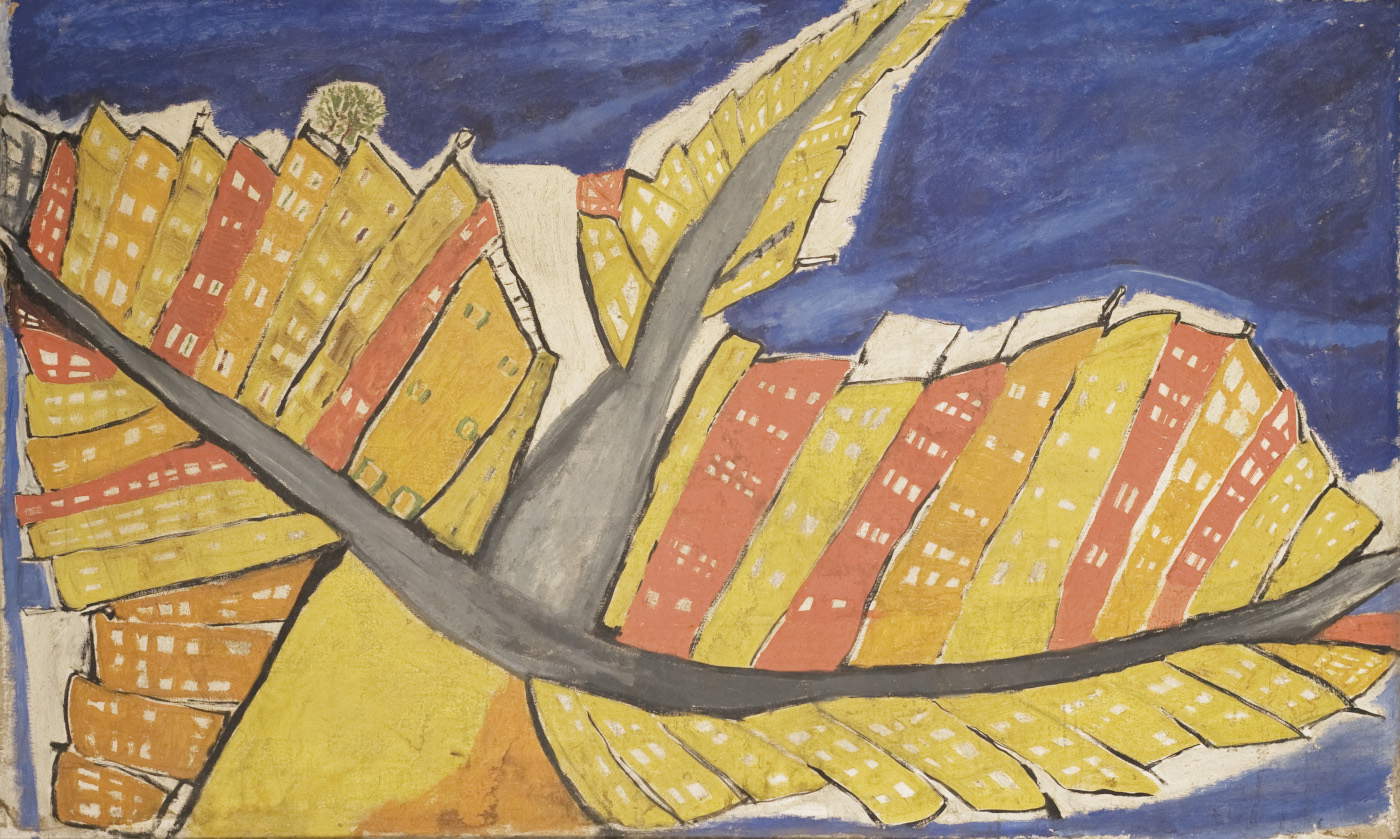
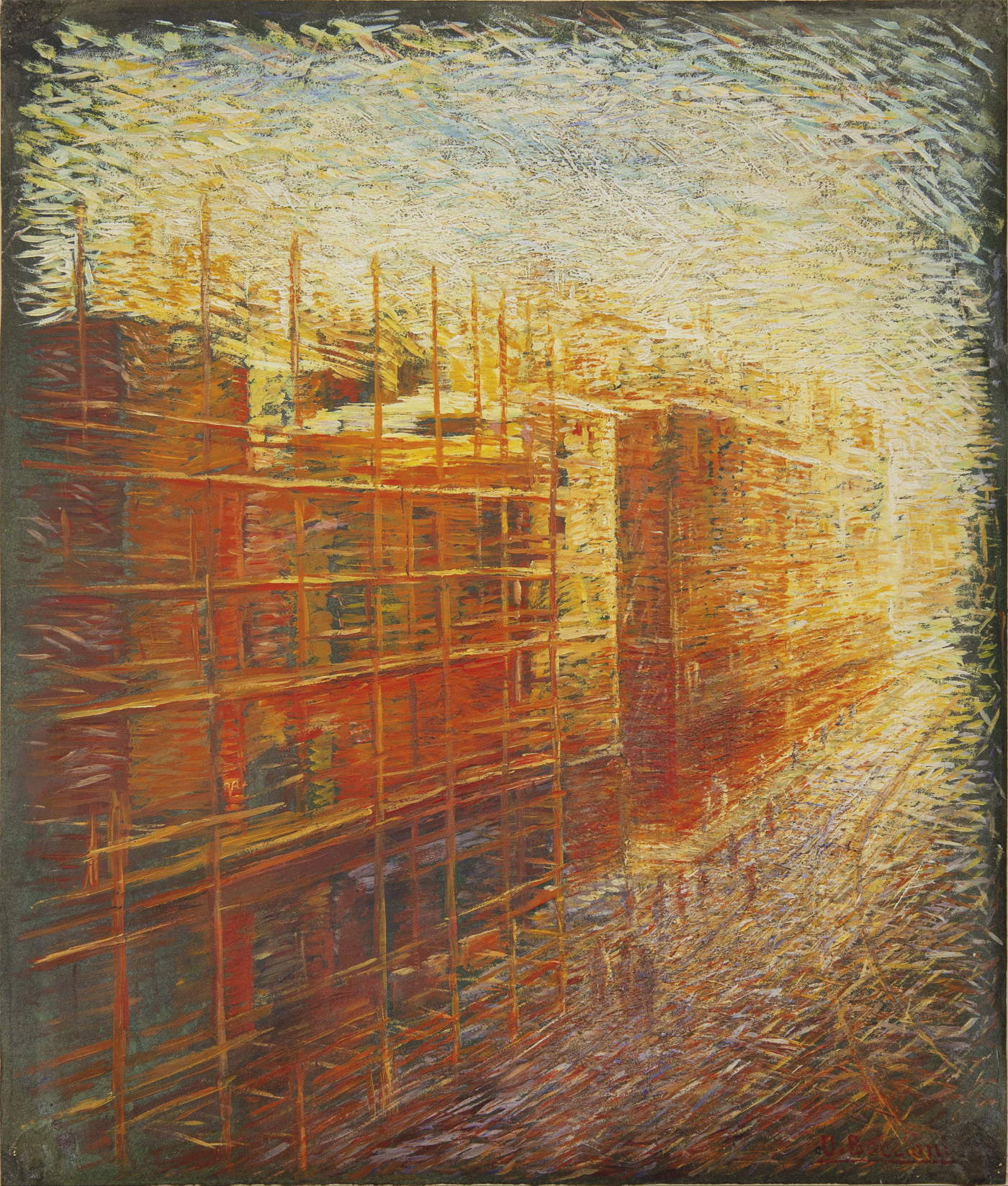
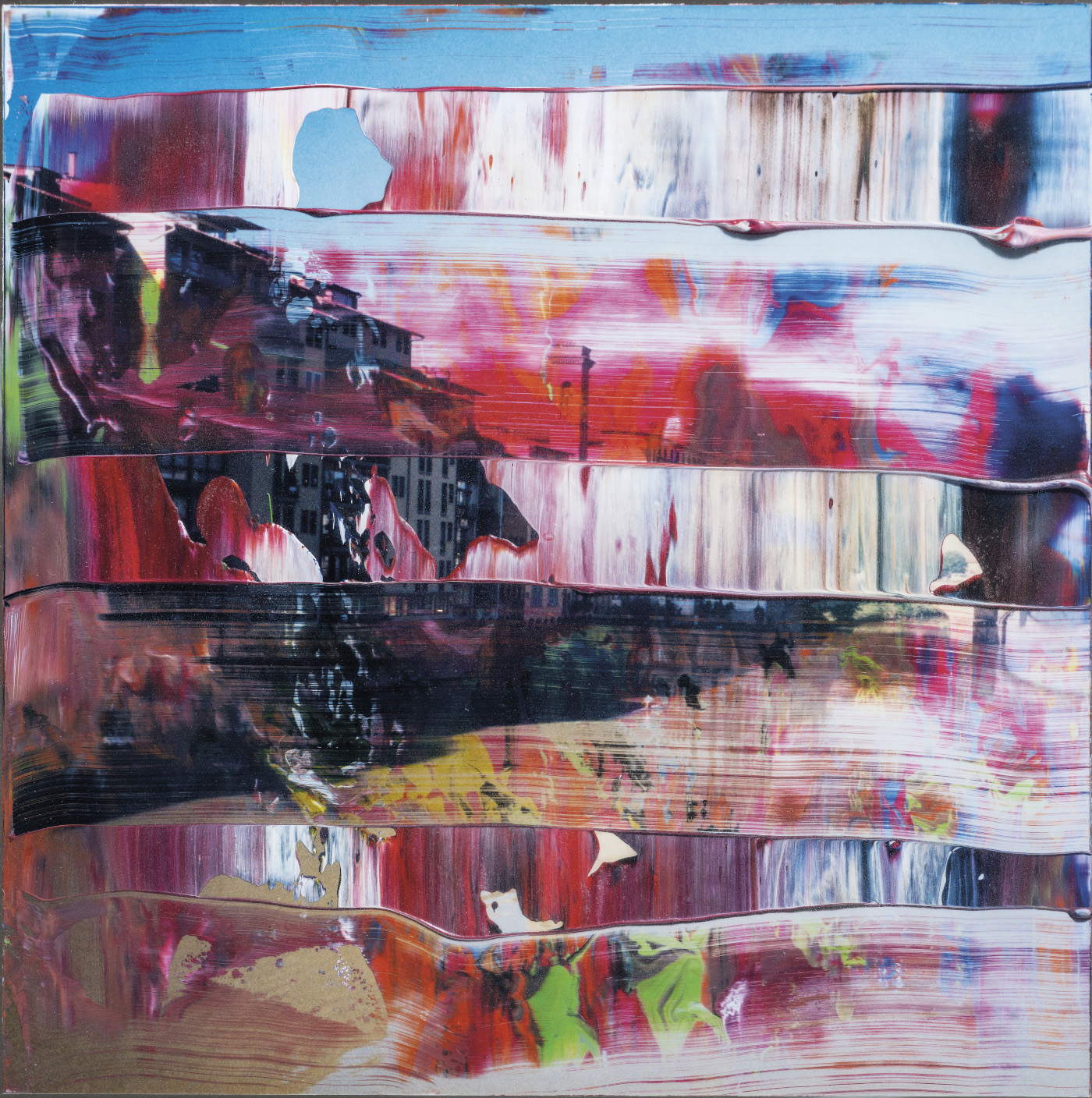
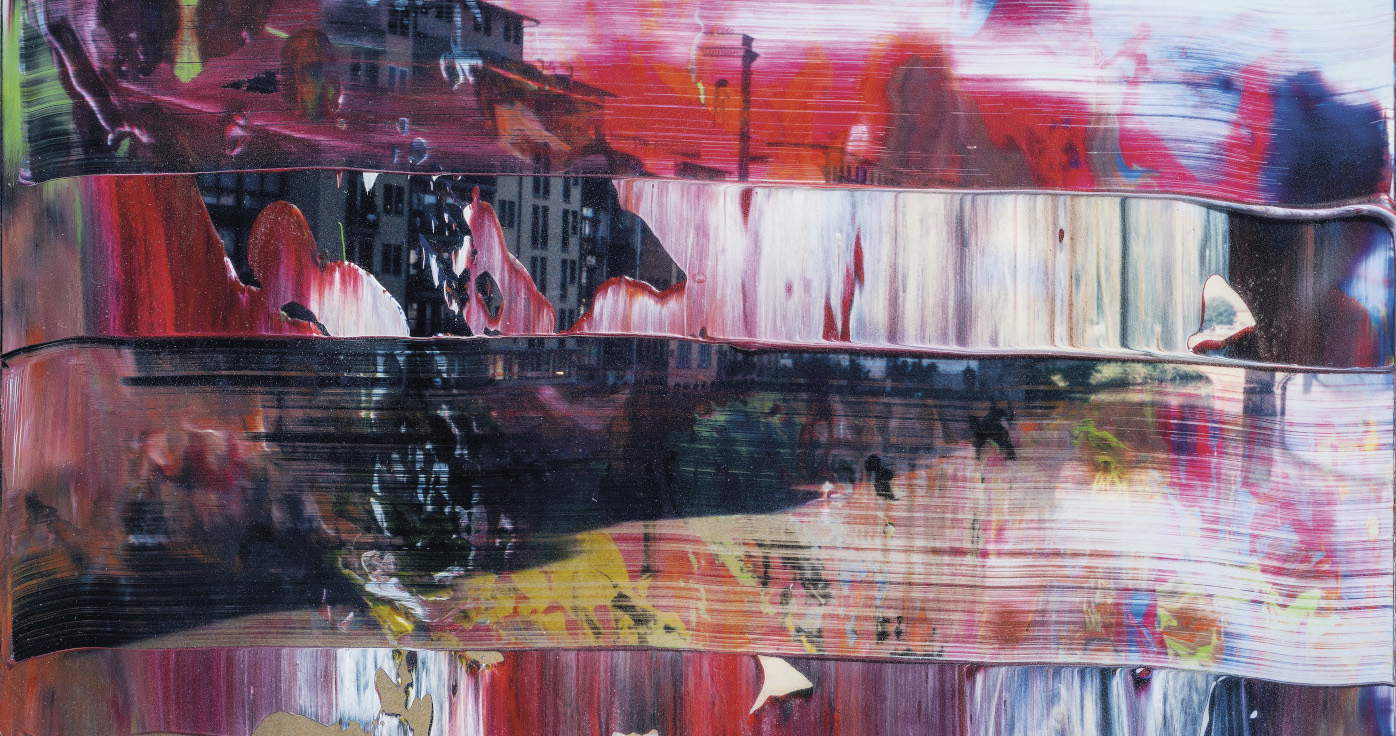 |
| An exhibition in Florence explores the concept of the city through 126 works, from Le Corbusier to Gerhard Richter |
Warning: the translation into English of the original Italian article was created using automatic tools. We undertake to review all articles, but we do not guarantee the total absence of inaccuracies in the translation due to the program. You can find the original by clicking on the ITA button. If you find any mistake,please contact us.






